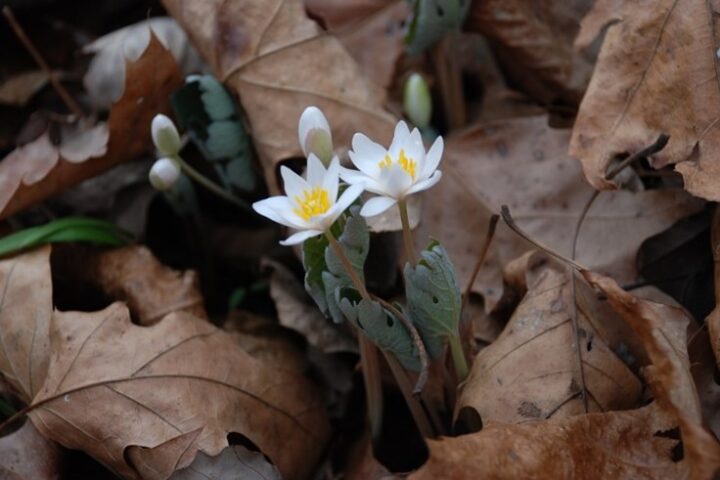
by Chris Firestone
National Pink Day is celebrated annually on June 23. Pink is a color, a pop singer, an animated panther, light colored trousers formerly worn by army officers, and a ship with a narrow, overhanging stern. As a verb it means to cut a sawtooth edge, to stab, or to wound by criticism, irony, or ridicule. Of course, I can’t forget to mention the English rock band Pink Floyd.
Throughout history, pink has represented many advocacy groups, like pink ribbons for breast cancer awareness and pink triangles for LGBTQ+ rights and activism. Pink is now more commonly associated with femininity, but up until the mid-20th century, it was masculine to wear pink.
Pink, as a term, originated from the Dutch in the 17th century and is based on a group of Old-World flowers in the family Caryophyllaceae and the Dianthus genus. Flowers in this family and genus are carnations and pinks, respectively. In Pennsylvania, a weedy, non-native species called Deptford pink (Dianthus armeria), is common in every county. No native species of Dianthus exists in Pennsylvania.

Deptford Pink (Dianthus armeria)
In the Caryophyllaceae family, other genera such as Silene do have native species with pink in the common name, such as northern wild pink (Silene caroliniana) and the red flowered fire pink (Silene virginica).
Despite having no native species of Dianthus in Pennsylvania, we certainly have a great diversity of native pink colored flowers in our woods, wetlands, and fields. Pink is not a common color in nature, but in flowers, pink is very successful in attracting pollinators. Perhaps that is why there are so many species of plants with pink flowers.
Please enjoy the many hues of pink in this photo collage.
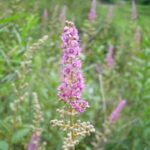
Steeple Bush (Spirea tomentosa)
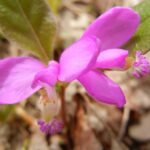
Fringed Polygala (Polygaloides paucifolia)
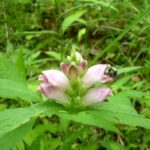
Turtlehead (Chelone glabra) – check out the bumblebee (Bombus) butt sticking out of the flower
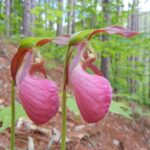
Pink Lady’s Slipper (Cypripedium acaule)
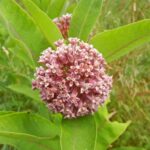
Common Milkweed (Asclepias syriaca)
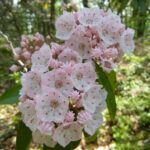
Mountain Laurel (Kalmia latifolia)
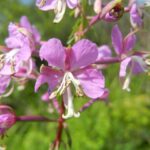
Fireweed (Chamaenerion angustfolium)
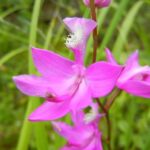
Grass Pink (Calopogon tuberosus)
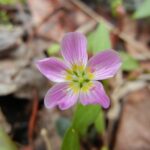
Carolina Spring Beauty (Claytonia caroliniana)

Spotted Joe-Pye Weed (Eutrochium maculatum
You’ll be “in the pink” or “tickled pink” if you cross paths with these plants at the right time in Penn’s Woods.
Special thanks to Ashlee Gulvas, forester in Tioga State Forest, for these beautiful photographs of pink flowers.
Forest Fridays are published weekly by the Bureau of Forestry, Pennsylvania Department of Conservation and Natural Resources.


